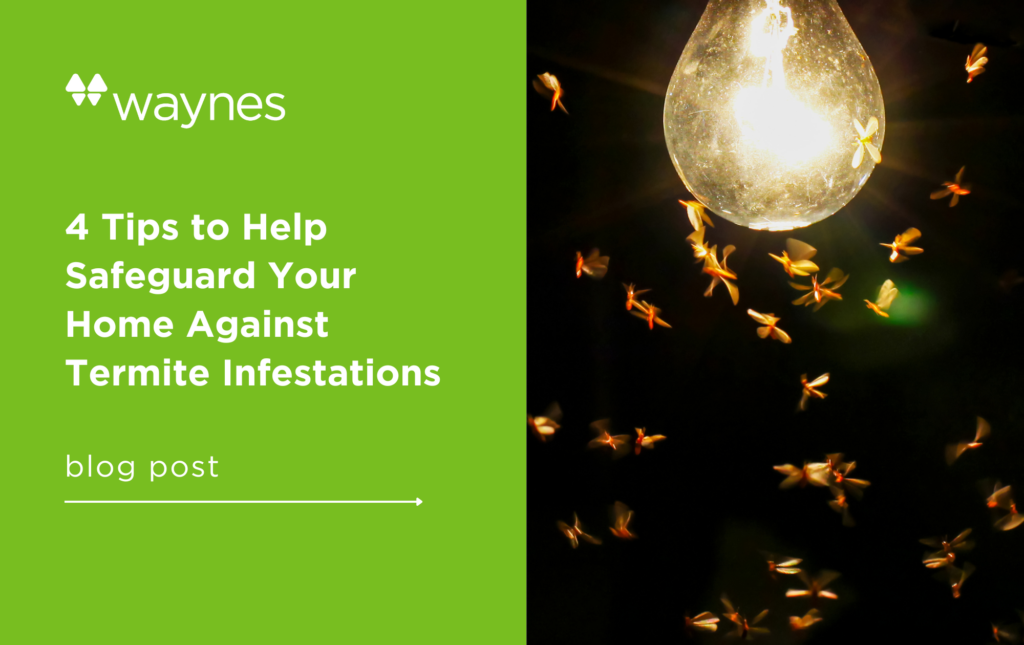One day you might notice that your grass isn’t growing in some spots or your plants look a little differently and think, “what did I do wrong?” Disease, fungus, or insects could have caused the condition of your lawn. Below we have compiled a list of common lawn problems and what you can do to fix them.
Fairy Ring
Fairy rings come in three different forms. It could be a ring of dead grass, a ring of dark green grass, or a ring of mushrooms. It gets its name from the myth that fairies used to dance in the middle of the circle. Not all species of mushrooms can form fairy rings. In fact, there are about 50 species that can. A single spore of a fungus that branches out in all directions is what causes the circle shape.
A fairy ring can be very damaging to your lawn. It creates a thick layer of fungus, preventing water from reaching the roots, ultimately killing the grass. Also, it sometimes releases a toxic substance that can quickly kill the grass.
It’s easy to get rid of a fairy ring. You should water and spike the area, making sure that you reach at least a meter outside of the ring. Next, apply a wetting agent to break down any hard properties. Water your lawn for five to ten days unless you expect it to rain.
Fungus Growth on Trees and Shrubs
Exobasidium vaccinii is a common fungus that grows on plants such as azalea, blueberry, cranberry, and huckleberry. It forms large masses, referred to as galls, that can be found almost anywhere on the plant.
The galls produced by exobasidium vaccinii cause the leaves on plants to thicken and curl up. The disease also affects the fruit and berries grown by these plants, often leaving swollen and bruised spots.
We recommend hand-picking the galls from plants to prevent further dispersion of spores. To manage and prevent exobasidium vaccinii, apply fungicides.
Armyworms
Armyworms are tiny caterpillar-pests that feed on grass. They range from about 2 to 40 millimeters in length. Three white stripes make them distinguishable from other caterpillar-pests. Armyworms are also smooth to the touch and curl up when touched.
Armyworms cause significant damage to leaves as it is their main source of food. Occasionally they go for the seed stem of plants, which results in head loss. They are also known to consume grain when leaves aren’t available.
A great way to manage an armyworm attack is by investing in insecticide. It is relatively inexpensive and offers long term protection.
Call Waynes
If you are experiencing any of the attacks above and having a hard time managing it, get help from the lawn management experts at Waynes. We offer lawn, tree, and shrub care that will help end the attack. Lawn and landscape attacks are out of your control, but you can get it under control by calling Waynes at 1-866-WAYNES1.









